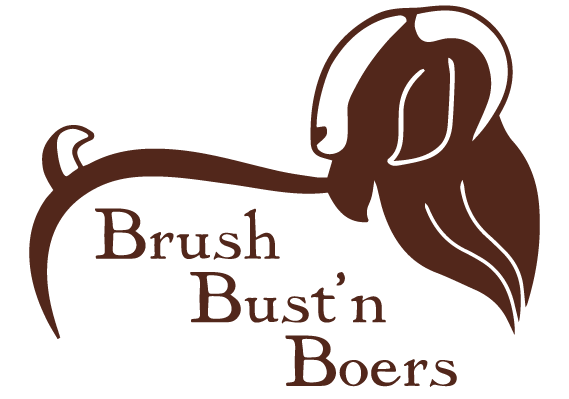September, 2021
Since I last wrote, the goats have been moved twice. Both times we drove them like an old fashion cattle drive using my Border Collie, Captain, a bucket of grain, and a few of the guys from the public works department. The first move was from the 4th fairway up the golf cart path, passed the 3rd fairway going South across Lake Wildwood Dr. to the hill near the public works yard. About a week later we did another “goat drive” from the public works yard, across the parking lot below the club house, going North across Lake Wildwood Dr. through an open lot, and into their new grazing area located off the 8th fairway. There are about 60 head of goats being moved in our goat drives.
As I was preparing this article, I reviewed Captain’s first herding lesson on video. It was October of 2019. He showed a lot of instinct for herding stock, but he was nearly uncontrollable. Captain has come a long way since then. During both “goat drives” he kept the goats in a close bunch. I led the goats with a bucket of grain (the goats love grain)! Captain’s herding instinct and training is to use me as a center position “pushing” the herd toward me. If the goats started to wander left, Captain moved to the left flank to push them together. If the goats wandered to the right, Captain would move to the right flank and drive them back into the herd.
You would be surprised how quickly the goat drive moves! I’m puffing along at about jogging speed to keep the goats from knocking the bucket of grain out of my hand and passing me. Captain moves like a bolt of lightning and can run circles around the goats. The public works crew positions themselves on the road and as the herd moves towards them they stop traffic. It only takes about 10 seconds to get across the road. The entire “goat drive” may last 5 minutes. The secret to a successful goat drive is preparation. I move the goats feeders before the drive begins, placing them in the new grazing area, filling them with grain, so the goats have a tasty reward for moving. The goats love going to a new grazing area too, because they have picked their old pasture clean. I have to coordinate with the busy schedule of the public works crew sometimes days in advance of the goat drive. First thing in the morning is usually best as the crew heads out to their daily project after the goat drive.
There are several advantages to driving the goats from one targeted grazing area to another rather than loading them in a trailer. Goat drives save time, reduce stress, and keep from compacting the soil using a truck and stock trailer. Setting up loading pens can take several hours and then they have to be torn down after the move. It might take as many as three trips to move 60 goats depending on their size. Trailering the goats is minimally a half day job. Although my goats a really accustomed to the stock trailer, loading, unloading, breaking up the herd, holding the goats in holding pens, being dumped into a new place without their whole herd, all raise the goat’s stress levels. Moving as a herd is a very natural behavior for goats. Keeping livestock’s stress as low as possible is always best for their health. Then there’s soil compaction. This becomes really important when I’m working around the golf course. A few trips with a stock trailer full of goats can compact dry soil and make terrible ruts in wet soil. Not so desirable for a golf course.
Yes, goat drives are a very good thing for Lake Wildwood. As always, a big thank you for the help and support from the public works department. So, keep your eyes open, because the next time your flagged down to stop for the road crew, you just might be in the middle of a goat drive!
For more information on the dogs, goats, and targeted grazing, send inquiries <HERE>.
